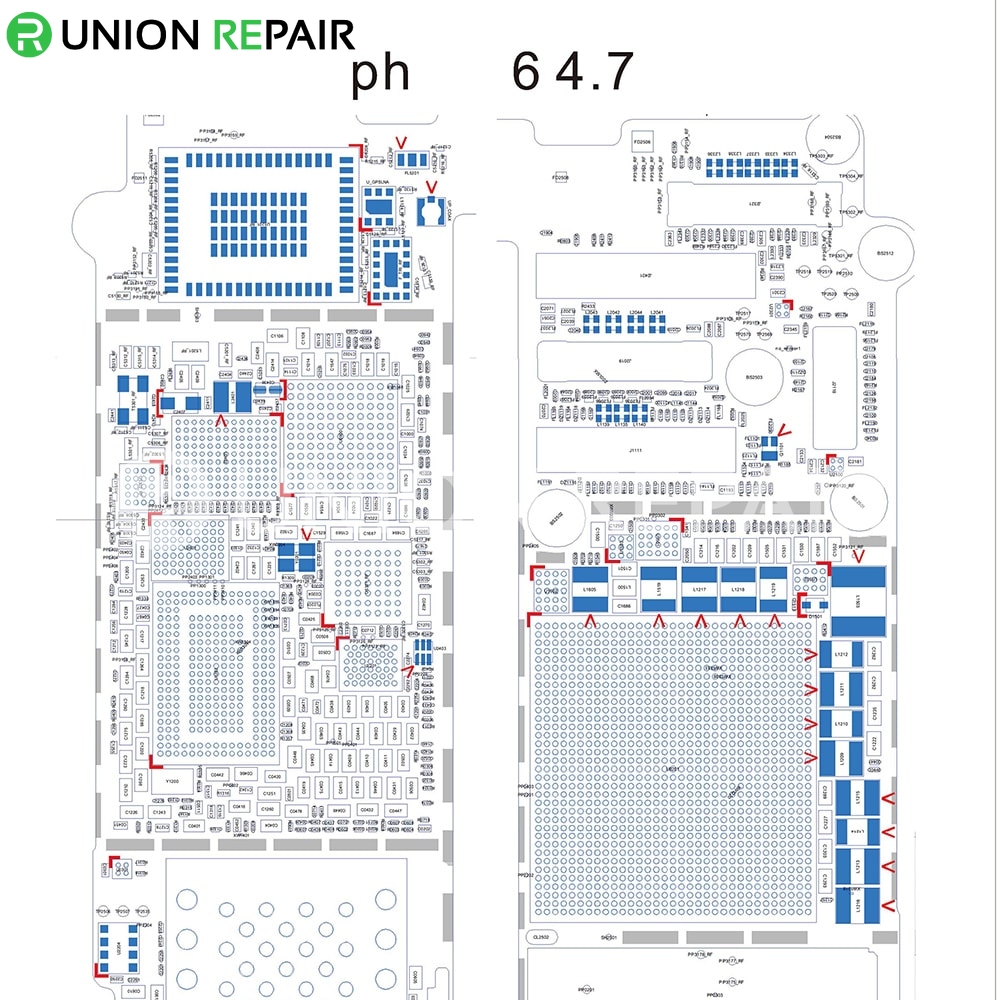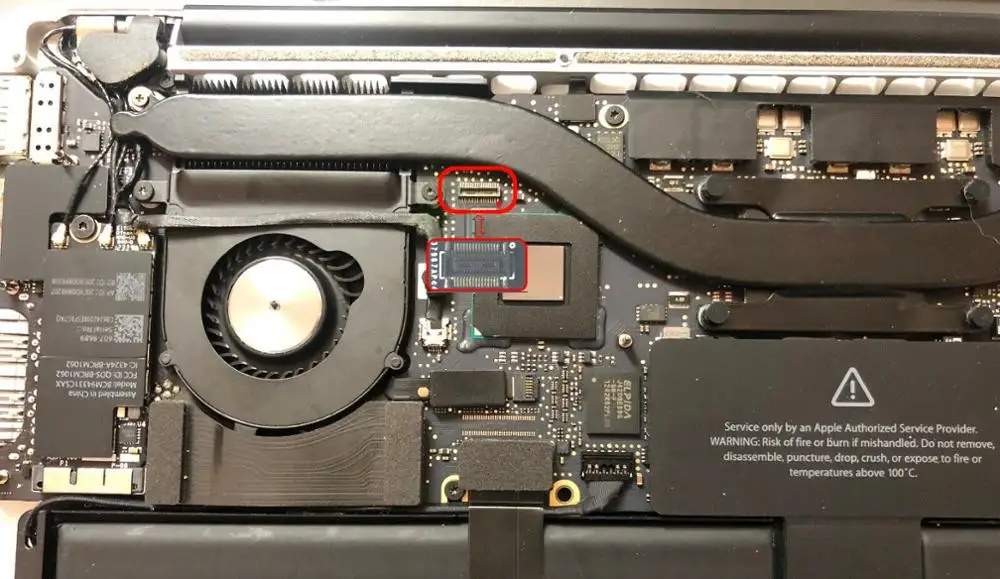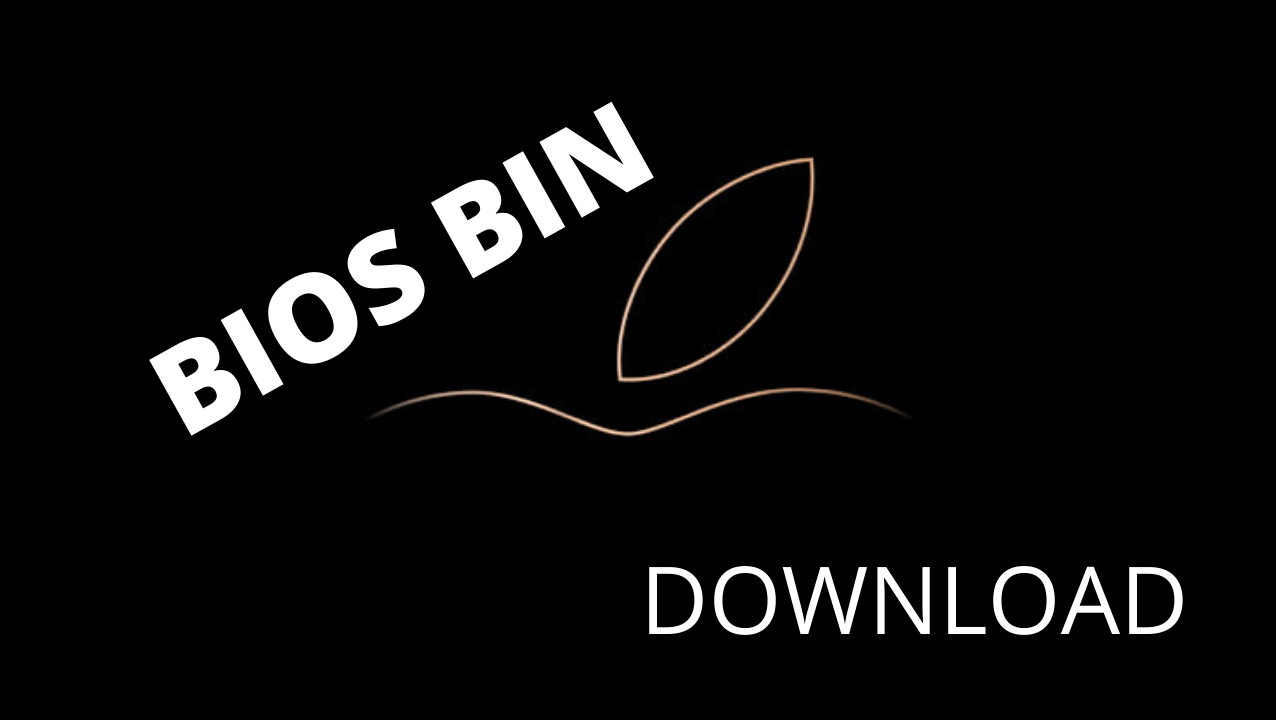
And while users historically would pop a boot media disk into their DVD or CD drive, many computers no longer come with optical disk drives. As a result, booting from USB media is becoming the standard.
How you start that rescue media can vary depending on the operating system you are using, but there are a few general guidelines that can help get your machine started, regardless of the OS you prefer.
So if your system is unstable, you need to run a diagnostic tool on the hard drive, or you just want to load a Linux desktop just to see what it’s all about, let’s look at how you start your machine using rescue USB boot media.
Answer (1 of 6): To be clear, Macs don't have a BIOS, they have an EFI. There isnt much you can do with the EFI. Unlike a PC, a Mac is a very tightly integrated solution where the soffware and hardware are designed for each other, so there is very little need for a BIOS. Mac bios free download. Cosmopolitan Cosmopolitan Libc makes C a build-once run-anywhere language, like Java, except it doesn't need an i. How to Download PCSX2, BIOS, SetupPCSX2 Emulator Link (windows): Emulator Link (LINUX): http://pcsx2.net. Download UEFITool for Mac - A lightweight and simple-to-use cross-platform application that allows users to load, inspect and edit various types of BIOS image files. Mame Bios Download. I searched for BIOS on the wiki but there are only some mentions that system X has bios Y (or in some cases Y, Z etc.), with no information on where to download it. Carbon Copy Cloner Mac Free Internet Tv Pleco App For Windows Pc Download Phonebook To Sync Crazy Taxi Game 2 Garmin 1000 Software Update.
How to boot a Mac from USB media
Getting your Mac to load from a USB drive is fairly straightforward.
- Insert the USB boot media into an open USB slot.
- Press the Power button to turn on your Mac (or Restart your Mac if it’s already on).
- When you hear the startup chime, press and hold the Option key. Holding that key gives you access to OS X’s Startup Manager. Once the Startup Manager screen appears, release the Option key. The utility will look for any available drives that include bootable content.
- Using either the pointer or arrow keys on the keyboard, select the USB drive you wish to boot from.
- Once selected, either hit the Return key or double-click your selection. The machine will start to boot from the USB drive.
NOTE: Have multiple USB devices connected to your Mac? Don’t worry. The Startup Manager only lists drives that include bootable content.

Boot from USB: Windows
Starting your PC using USB rescue media is not difficult, although it first requires an adjustment in the BIOS (Basic Input Output System). That’s because the BIOS settings include the boot sequence the machine follows when starting up. The boot order tells the machine which devices to search for the software needed to launch the computer and the priority each device in that search.
If you’re booting from USB media, you must change the BIOS boot order so the USB device is listed first. Otherwise the computer will load from the hard drive as normal.
Start by plugging the thumb drive into a USB port. Then to change the BIOS boot sequence:
- Press the Power button for your computer.
- During the initial startup screen, press ESC, F1, F2, F8 or F10. (Depending on the company that created your version of BIOS, a menu may appear.)
- When you choose to enter BIOS Setup, the setup utility page will appear.
- Using the arrow keys on your keyboard, select the BOOT tab. All of the available system devices will be displayed in order of their boot priority. You can reorder the devices here.
- Move USB to be first in the boot sequence.
NOTE: If you cannot find USB or Removable Devices among the device options, your BIOS may list it under Hard Drive Devices. In that case, you’ll need to:- Move Hard Drive Devices to the top
- Expand to show all hard drive device options
- Move USB device to the top of that hard drive list
- Save the change and then exit the BIOS Setup.
- The computer will restart using the new settings, booting from your USB drive.
- Stay alert! Depending on your BIOS, you may be prompted with a message to Press any key to boot from external device and you will only have a few seconds to respond. If you do nothing, your computer will go to the next device in the boot sequence list, which will likely be your hard drive.
In the future, your computer will first check the USB port for boot media when starting up. That won’t be a problem, since the BIOS will move to the next device in the boot sequence ... unless you keep the boot media in the USB port. Then the system will launch from that device every time.
Rx 580 Mac Bios Download
Linux USB Boot Process
To boot Ubuntu from USB media, the process is very similar to the Windows instructions above.

- Confirm the BIOS boot sequence lists the USB drive first, or make that change as needed.
- After the USB flash drive is inserted into the USB port, press the Power button for your machine (or Restart if the computer is running).
- The installer boot menu will load, where you will select Run Ubuntu from this USB.
- Ubuntu will launch and you can begin to working in the system – setting preferences, reconfiguring the system as needed, or running any diagnostic tools.
Creating USB boot media
Regardless of the operating system you are using, booting your machine from USB media does not need to be difficult. A general understanding how your system loads can provide the basics needed to understand what is going on when you use boot media.
Creating USB boot media doesn’t need to be difficult either, although there are several options to consider.
For Mac users, we recommend visiting Apple’s support page on USB boot media. It provides guidance that is specific to the iteration of OS X you are running (i.e. Sierra, High Sierra, Yosemite, etc.) to help you get the boot version you need.
Windows and Linux users might consider Acronis Disk Director 12, which includes an intuitive Boot Media Builder that streamlines the process and offers tremendous flexibility for the type and kind of boot media you can create, including WinPE media.
Bios For Gigabyte Motherboard
| 1. @BIOS Introduction 2. @BIOS download(For X79 Chipset motherboards)
4.Methods and steps :
5. Note :
| |||||||||||||||||||||||||||||||||||||||||||
How To Check Computer Bios
Mac Bios For Gigabyte Drivers
I decided to go through the first one 'Gigabyte @BIOS server 1 in Taiwan'. Click OK after that. It'll show you the latest available BIOS update for you and if you decide to update the BIOS, just click OK and the program will automatically download the BIOS update and then it'll prompt you like this.
Mac Bios For Gigabyte Bios
- How to correctly setup BIOS for your Hackintosh, built on top of GIGABYTE motherboard. Unleash full potencial of your Hackintosh build. 📌 SUBSCRIBE: http://b.
- Oct 01, 2016 I just copied and pasted EFI part of the Sapphire 7950 Mac to the second part of the Gigabyte's BIOS. Great GPU btw, I now have MSI TwinFrozr 7950 which is a bit quieter, but Gigabyte was 10C cooler and more powerfull than MSI (not sure if it was just a clock speed or there are some other factors). Great post and congratulations on beast of the.
- GIGABYTE DualBIOS means that your motherboard has both a 'Main BIOS' and a 'Backup BIOS', protecting users from BIOS failure due to virus, hardware malfunction, improper OC settings or power failure during the update. Yamaha Audiogram 6 Drivers For Mac Download. And Install Windows 10 USB 3.